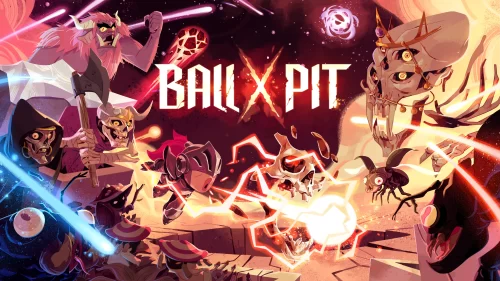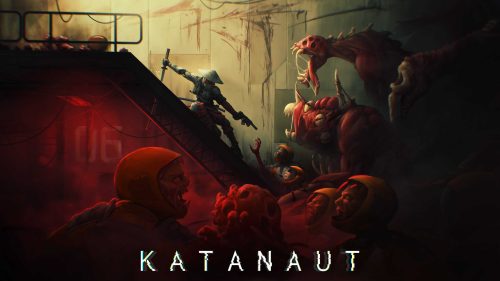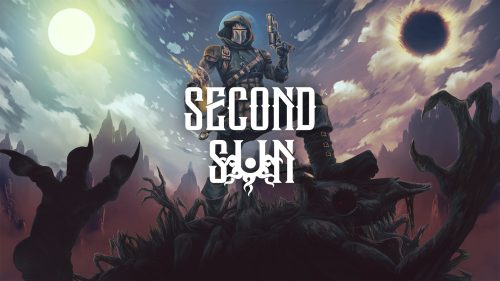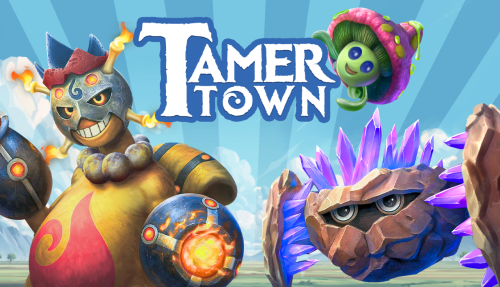
One of the great classics that most influenced the birth of new titles within the metroidvania genre was, without a doubt, Castlevania. Its iconic premise, a lone vampire hunter facing gothic horrors, has fueled the imagination of players for decades and paved the way for new interpretations and IP’s inspired by that formula. For fans of this universe, titles like Bloodstained: Ritual of the Night were received as true blessings. But what if I told you that Mandragora: Whispers of the Witch Tree might be the next gem to discover?
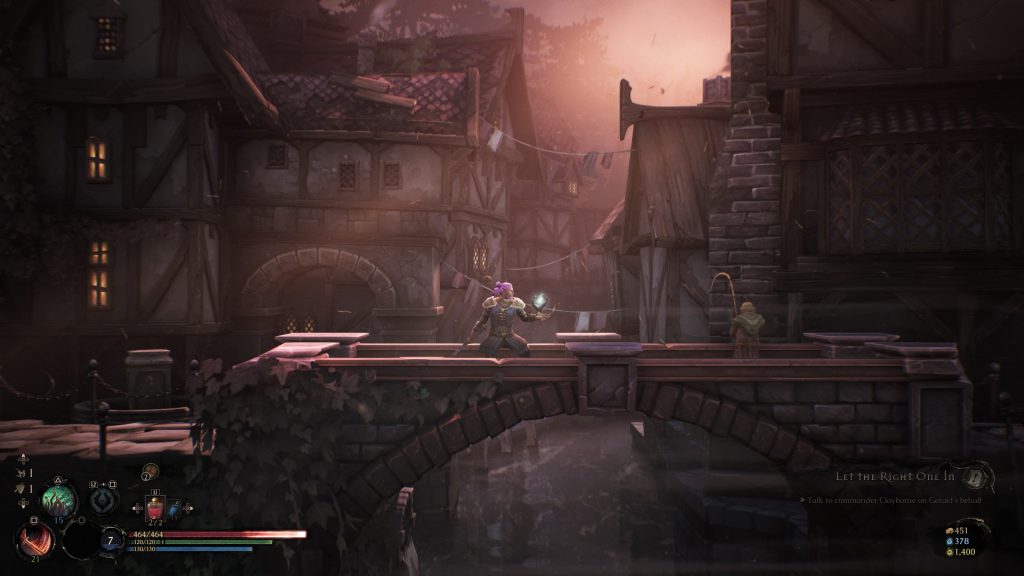
Developed by the Hungarian studio Primal Game Studio, Mandragora is a 2.5D action RPG that blends metroidvania exploration with classic RPG elements, set in a world that seems pulled straight out of a dark fairytale book. And it’s precisely its visual style that immediately stands out, a hand-drawn aesthetic that establishes an immersive atmosphere right from the first minutes of gameplay.
The narrative is written by Brian Mitsoda, known for the acclaimed Vampire: The Masquerade – Bloodlines, and this is evident in the way the dialogues, characters, and world itself convey depth and mystery. We assume the role of an Inquisitor, a loyal servant of the King-Priest of Faelduum, tasked with eradicating witches and heretics. However, everything changes after a mission that leads him to kill a particularly powerful witch, an event that shakes his loyalty and spiritually binds him to the very entity he was meant to destroy.
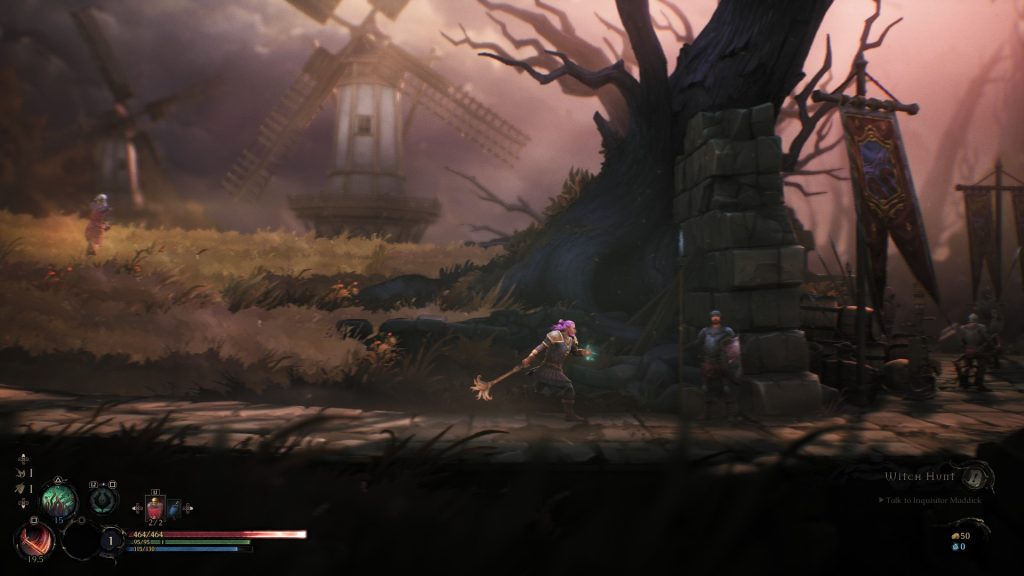
From there, the witch’s voice begins guiding the protagonist northward, toward Wickham and the Graveseep swamp, warning him of a greater threat: Entropy, a corrupting force that tears reality apart and unleashes unthinkable horrors. The player is drawn into a spiral of doubt, prophecy, and darkness, where every decision carries weight and not everything is as it seems.
Combat in Mandragora takes on a deliberate and strategic style, clearly inspired by the Souls formula. Managing stamina is essential, as is mastering dodge timing, parrying, and attack strategies. Fights aren’t just reflex tests; they’re small tactical puzzles that require pattern recognition and careful choices. It’s methodical combat that rewards patience and positioning.
There are six distinct classes, such as the melee-focused Vanguard and the spell-casting Spellbinder, each with deep talent trees allowing for personalized and even hybrid playstyles. The ability to create hybrid builds is particularly interesting and offers a wide range of approaches, whether focusing on direct damage, area control, or elemental magic. This freedom in character building is one of the game’s strong points, encouraging experimentation as new skills and gear are unlocked.
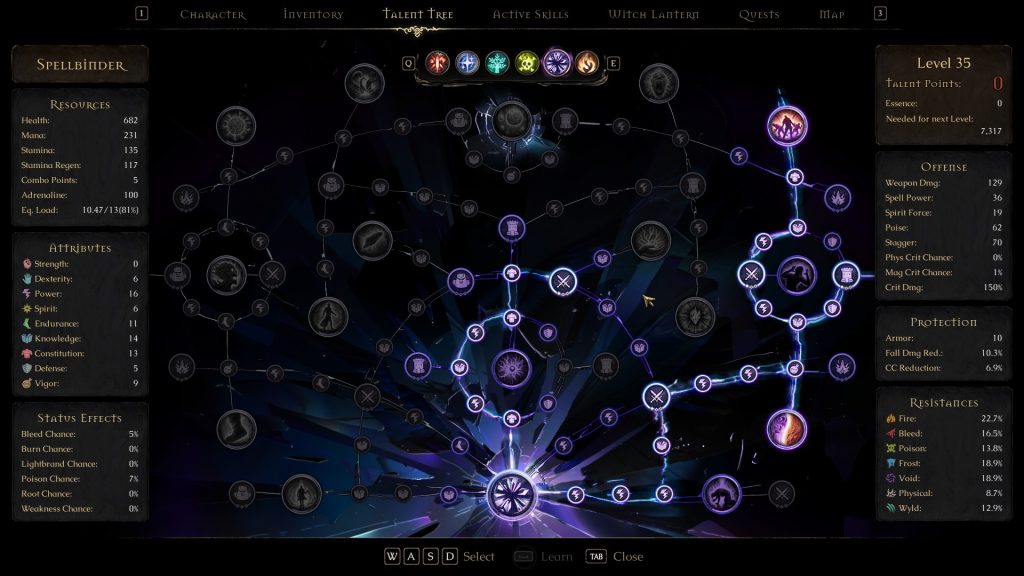
Throughout the journey, we’ll encounter various intriguing characters, some of whom even join our cause and settle in the central camp. This camp serves as the main hub of progression, where we can upgrade gear, craft potions, cook meals, or enhance our arsenal. Each companion has a specific function, and unlocking higher-quality items will require upgrading their workstations, introducing a management and resource collection component.
This is where the game introduces one of its most debatable mechanics: grinding. Gathering materials spread across different maps is essential for meaningful progression, but the pace can become slow and frustrating. In fact, the game demands considerable investment to create truly relevant equipment, which may break the adventure’s rhythm.
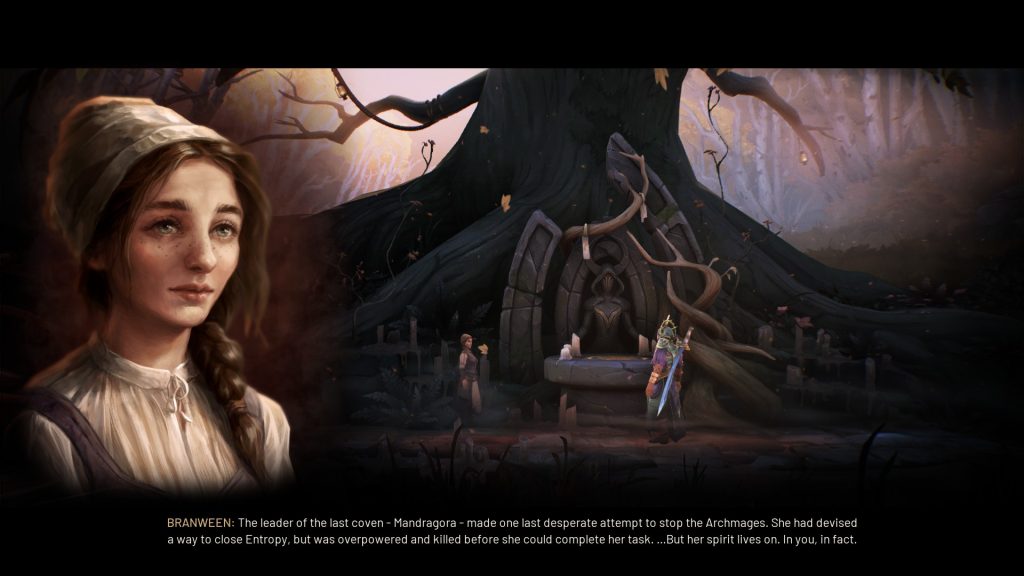
Another noteworthy (and critical) point is the difficulty curve. Enemies become quite hard quite suddenly, and the lack of experience orbs after each fight makes progress feel more painful than necessary. You eventually hit a wall, the difficulty spikes, but the rewards don’t follow suit, which may discourage less persistent players.
Still, the variety of enemies and biomes keeps the environment fresh and visually appealing. I especially highlight the Vampire’s Castle, which is, in my opinion, the game’s most captivating setting due to its gothic atmosphere and level design.
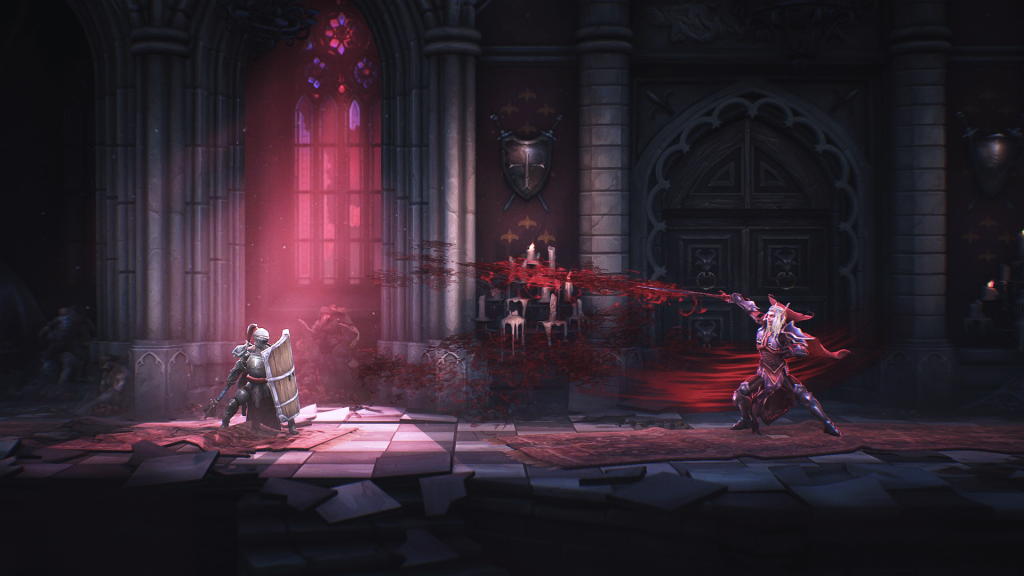
Unfortunately, the bosses end up being one of the weaker aspects. Despite being visually imposing, some battles become repetitive and could benefit from more mechanical creativity, especially after several hours of gameplay.
Mandragora: Whispers of the Witch Tree is an ambitious and visually stunning title, with a well-written story, a cohesive universe, and solid combat mechanics that will appeal to fans of Castlevania, Bloodstained, and Dark Souls. Despite some flaws in progression pacing and difficulty balance, it offers a rich and challenging experience for those who enjoy lore-heavy worlds, demanding combat, and character-building freedom.
If you’re looking for a new title to fill the void left by the genre’s classics, Mandragora at least deserves your attention.
[Note: Review based on the final PC version of the game, kindly provided by JF Games]

